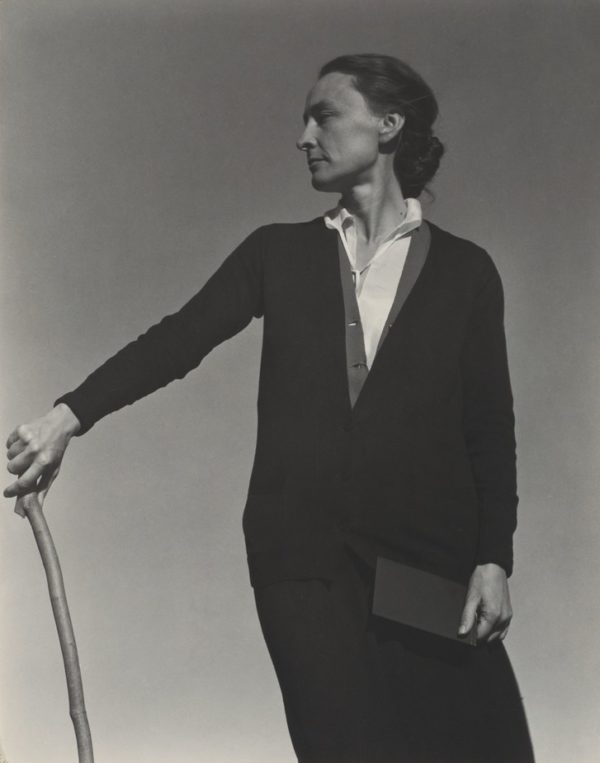In the movie 20,000 Days on Earth, Warren Ellis and Nick Cave are sitting around talking about their love for Nina Simone.
Ellis tells his friend’s story about seeing Simone looking pissed off backstage and asking her if he could get her anything.
“Yeah!” she said. “I’d like some CHAM-pagne, some CO-caine… and some sausages!”
It’s become a meme at our house.
“Can I get you anything, darling?”
“Yeah! I want some champagne…”
I thought about that story again when I was watching Phantom Thread, and Daniel Day-Lewis orders that ridiculous list of breakfast items:
At the very end, he adds, “…and some sausages!”



